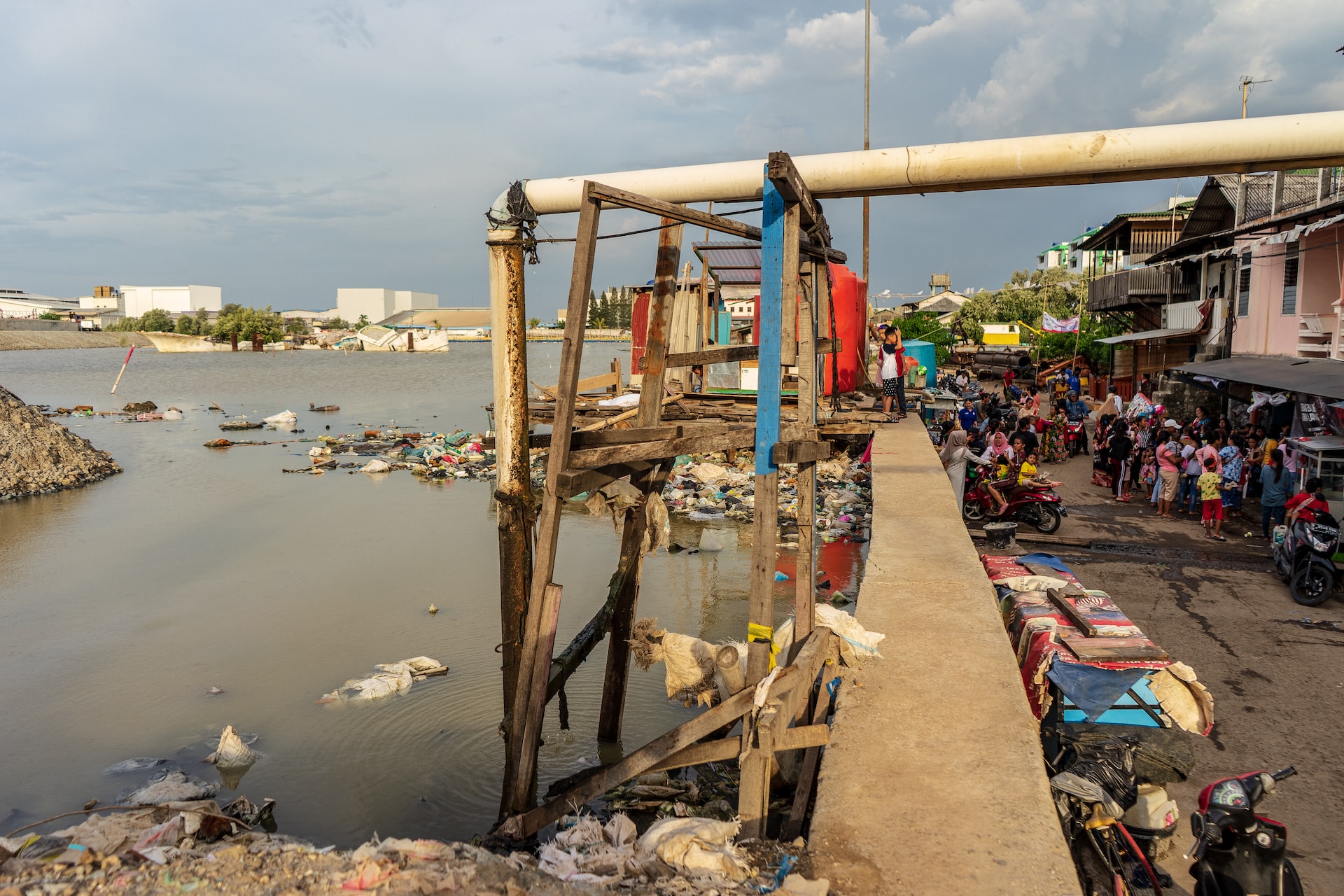Comparative analysis of climate change vulnerability assessments: Lessons from Tunisia and Indonesia

Report Summary
Vulnerability assessments (VAs) are central to shaping climate change adaptation decisions. They help to define the nature and extent of the threat that may harm a given human or ecological system, providing a basis for devising measures that will minimise or avoid this harm. Yet the wide variety of VA approaches can be confusing for practitioners, creating uncertainty about the “right” way to assess vulnerability. In an effort to provide some guidance on designing and conducting VAs, this paper reviews and compares VAs undertaken in Indonesia and Tunisia to distill key approaches, components and lessons. It begins with a general overview of definitions, approaches and challenges with conducting VAs, and then proposes a framework for analysing and comparing them. The framework looks at four components of VAs:
- Framing of the VAs: Where do we come from?
- Process of conducting the VAs: how does it work?
- Inputs: What is needed?
- Outputs: What does it tell us?
The framework is then applied to analyse the assessments carried out in Tunisia and Indonesia, from their respective framings of vulnerability to the outputs from the process. The report then concludes with observations on differences and similarities between the VAs, as well as lessons-learned that can inform the design and execution of future assessments.
Suggested Citation
Hammill, A., Bizikova, L., Dekens, J., McCandless, M. 2013. Comparative analysis of climate change vulnerability assessments: Lessons from Tunisia and Indonesia. Eschborn: Deutsche Gesellschaft fur Internationale Zusammenarbeit (GIZ) GmbH.
(0) Comments
There is no content